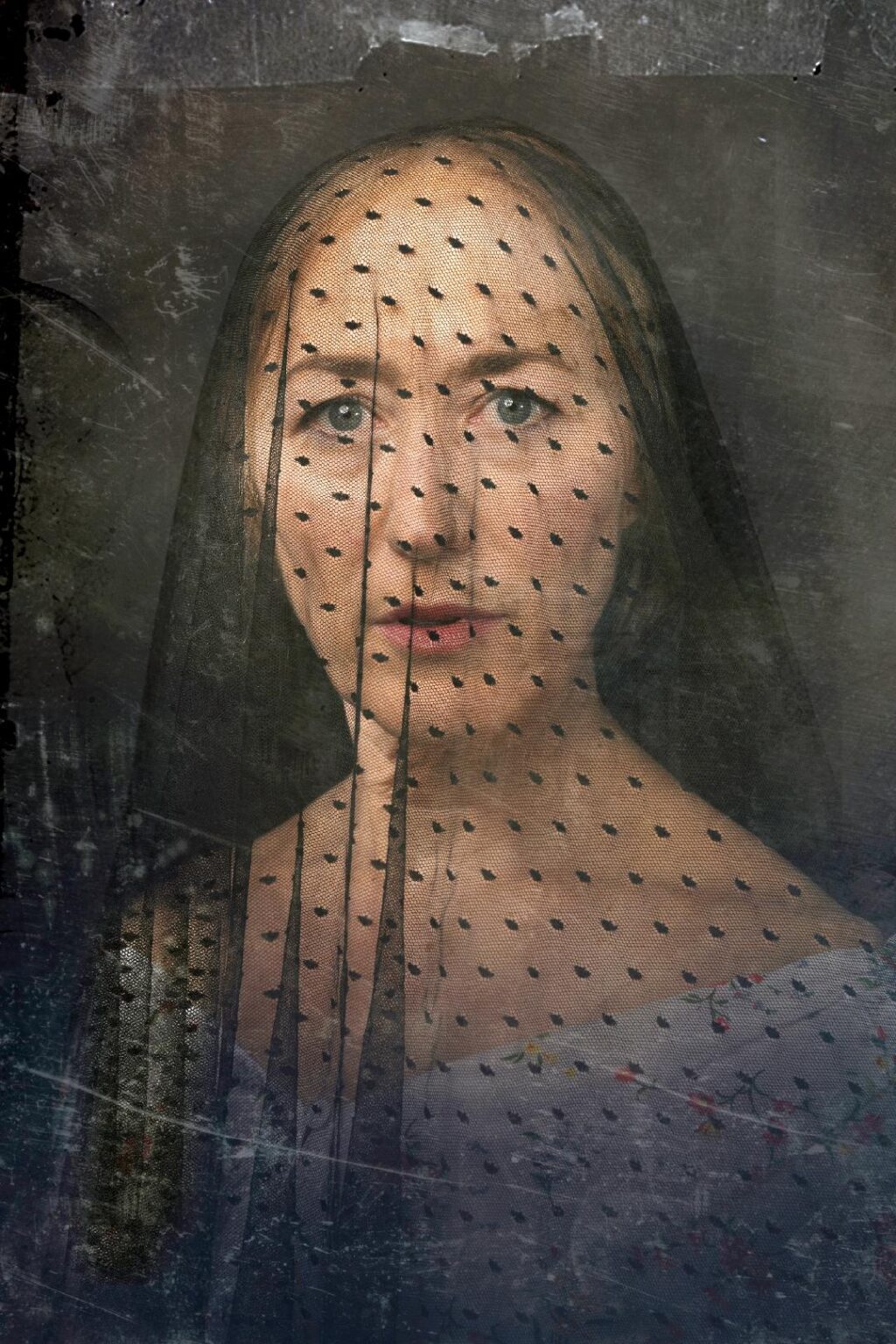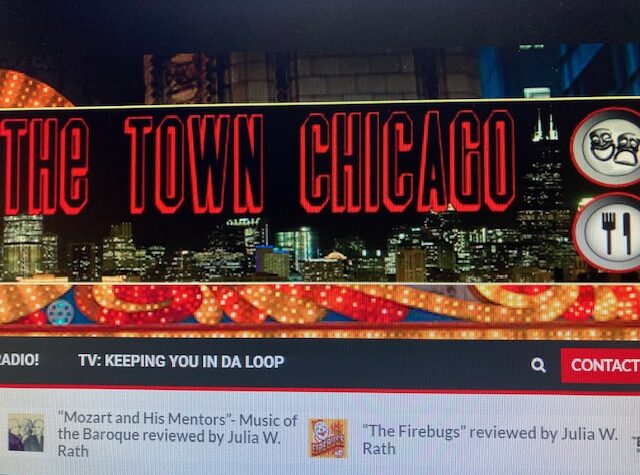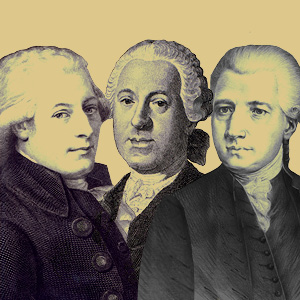
 Strong performances by LeeAnn Hutchinson as Mary Lincoln and Christopher Kelley as Matthew Brandy make this world premiere a captivating story by John Ransom Phillips, acclaimed New York artist, playwright and historian who received his PhD from the University of Chicago.
Strong performances by LeeAnn Hutchinson as Mary Lincoln and Christopher Kelley as Matthew Brandy make this world premiere a captivating story by John Ransom Phillips, acclaimed New York artist, playwright and historian who received his PhD from the University of Chicago.
The lights come up on the stage with Mary sitting on a chair wearing undergarments, and Brady poised at his camera. A discussion follows of what each wants to achieve with the photograph. Mary wants a photograph that will repair her image and silence the negative gossip in Washington, DC. Today, she is considered the most reviled First Lady in American history.
Brady’s commanding photographs of Abraham Lincoln are attributed to him winning the Presidency, and Mary wants such an image created as Mrs. President—wife, mother and celebrity. The hour-play is an exploration of the inner souls of both Brady and Mrs. President.
The first part seems to focus more on Brady at a point in his life where his eyesight is failing. He bases his approach on feelings to “make something real.” Mary wants it to project who she would like to be as the mother of the Nation, and It becomes a tension between them.
Meanwhile, Mary dresses on stage in full formal dress. It was interesting to see the constructions of dress in that era and the difficulty of women getting dressed. Is this symbolic of the deconstruction and reconstruction of Mary for the photograph?
Brady keeps emphasizing to Mary to think the perfect thought. He tells her grief is written on your face. This gets into an exploration of their inner souls, starting with Brady and the tragedies he has suffered before Mary talks about losing three of her four sons and defending her image during wartime where she is portrayed as an evil stepmother.
Her only remaining child, Robert, takes her to court where she is judged insane and put into an asylum. Brady reminds her that she is property of her husband, not a person. “Marriage is bondage.”
The play progresses to when Lincoln is shot, Mary holding his hand at Ford’s Theatre when it happened. Lights go out and Mary makes her final appearance with blood on her face. She is in total emotional collapse at this point.
While the sequence of events is not an authentic chronology, the point was to present Mary in a more understandable light considering the trauma she had been through and barriers she faced along with the betrayal of her son. Brady’s admonition about her being property and marriage for a woman is a reminder of the added burden Mary had to bear while experiencing so many horrible tragedies in such a short period of time.
The strong script gives both actors the opportunity to demonstrate their excellent acting abilities. A combination of the acting and script leaves you more sympathetic for Mary Lincoln than what history has written about her.






More Stories
Finding Paul Lisnek
“Mozart and His Mentors”- Music of the Baroque reviewed by Julia W. Rath
Our Milwaukee “Staycation” 2025!